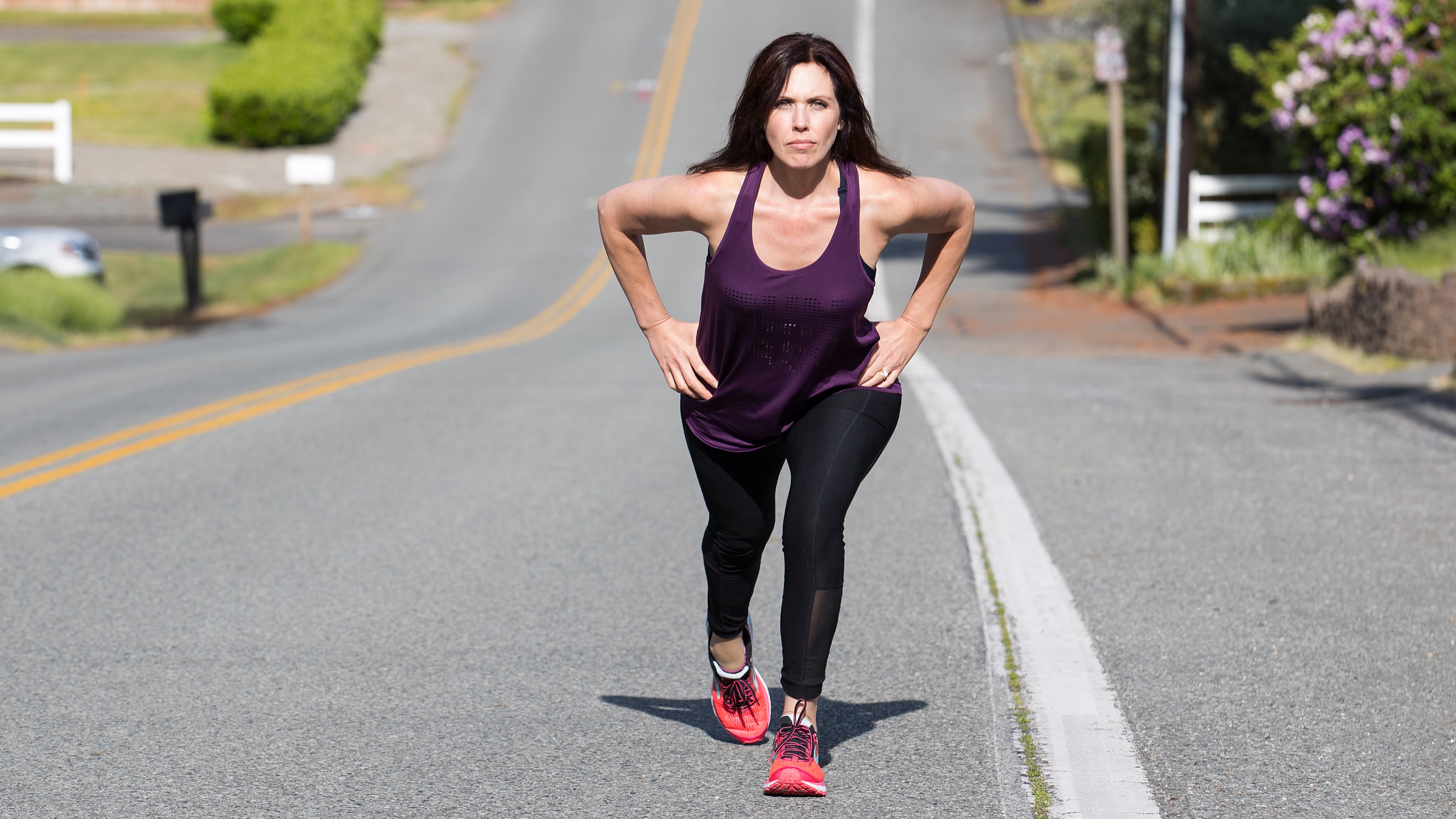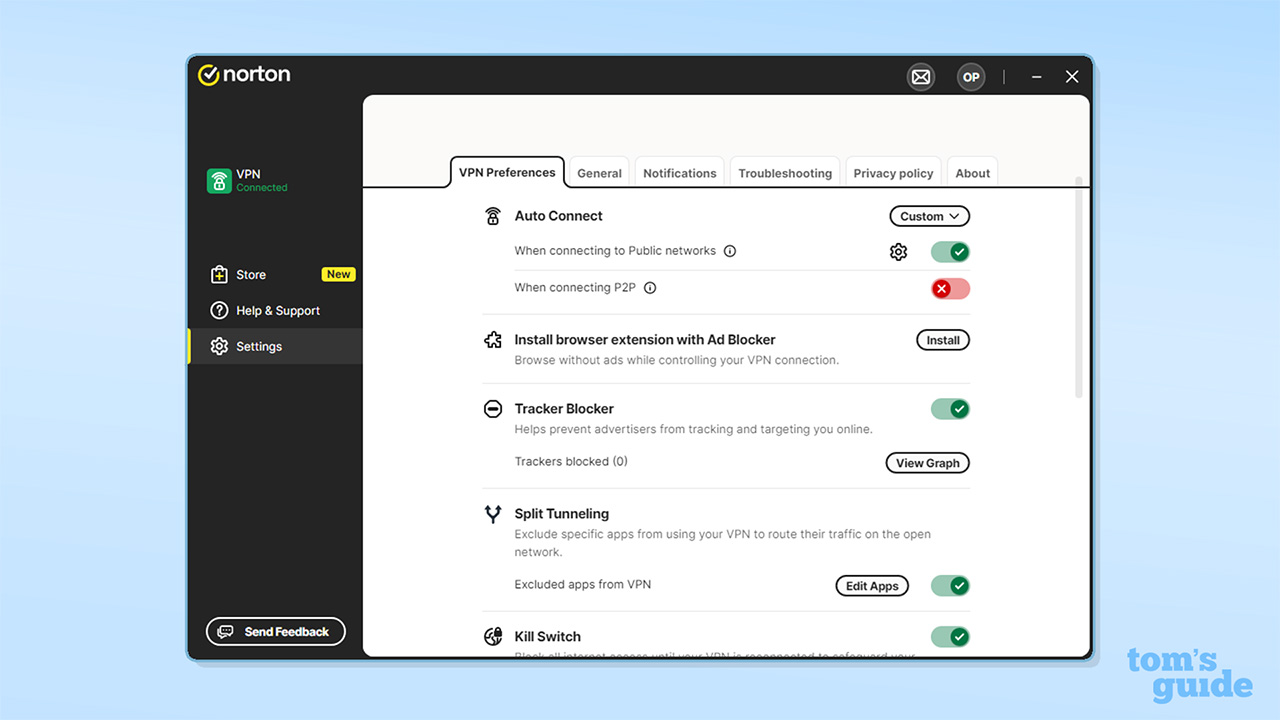
Being physically fit enough to run up, say, a flight of stairs without zero huffing and puffing is a simple yet very desirable goal for many people.
And it’s not just about being fit enough to easily reach the top of some steps — it’s more about being an indicator of your cardiovascular health. The more you train, the more calories you’ll burn, and the fitter you become, the easier all activities in general life will be. And you’ll feel better for it, too. You don’t have to look far to find the many studies showing the link between regular cardio exercise and life satisfaction.
Building up your cardiovascular health through aerobic exercise (where our bodies break down sugar and convert it to glycogen so it can be used as energy or fuel) is what will help here. And it doesn’t have to include any fancy equipment or expensive gym memberships.
Two very simple and common exercises for achieving this are uphill walking and running. While both are known for their effectiveness in helping to improve cardiovascular health, they both offer different things depending on your needs. For instance, one can feel more intense while the other can help engage different muscle groups, offering different benefits.
But which one reigns supreme when it comes to getting fit and burning calories — is one actually better than the other? We’ve asked the experts to find out.
What's the difference?
Before we delve into which type of exercise is best, let’s look at the differences between uphill walking and running to try and decipher why someone might want to train and improve cardiovascular health with one over the other.
First off, it’s important to note that both uphill walking and running offer unique benefits and challenges, making them suitable for different fitness goals and preferences. Running, particularly on flat surfaces, is a high-intensity workout that boosts cardiovascular health.
Get instant access to breaking news, the hottest reviews, great deals and helpful tips.
“Running is a higher-impact exercise that can provide a greater cardiovascular challenge,” says London-based celebrity personal trainer, Pilates instructor, and barre specialist, Aimee Victoria Long.

“It burns more calories per minute compared to walking, making it a more efficient calorie-burning activity. It also helps improve bone density, coordination, and overall cardiovascular fitness.”
So why would someone choose uphill walking over running? Well, while running aids in rapid calorie burning — making it a top choice for those looking to improve their aerobic capacity and overall fitness levels quickly — it can, however, be tough on the joints.
Uphill walking, on the other hand, is known to be a much lower-impact alternative. It's gentler on the body, making it a preferred option for those who, for example, might be recovering from injuries.

“Uphill walking puts less stress on the joints while still providing a challenging cardiovascular workout,” explains Long. However, despite its lower intensity over running, uphill walking still has a big impact on the muscles in the lower body, Long adds, while offering a significant calorie burn due to the added resistance of an incline.
“It engages the muscles in your legs, glutes, and core, helping to strengthen and tone them,” she says. “It can also improve cardiovascular endurance and stamina. It can also be a more sustainable activity for longer durations compared to running.”
And so this form of exercise is perhaps more appealing to those who want to strengthen and tone their lower bodies without the high impact and rigor of running, offering a balance between a physically rewarding workout and an opportunity to enjoy the outdoors.
Simon James, international mountain leader, trail running guide, and founder of Runthewild.co.uk highlights how it doesn’t have to be one or the other, and that walking uphill can be mixed in with your running.
“It can provide the opportunity to take onboard nutrition, using the reduced pace to make pack adjustments and get things out of your running pack,” he says. “It’s also a great way of stretching the legs, particularly the hamstrings and calves, as it utilizes different muscles than running.”
What is best for burning calories?
If you don’t have an injury to worry about and your exercise is more focused on calorie-burning, which exercise is best? Long explains that running generally burns more calories than uphill walking. This, she says is due to the increased intensity and impact of running requiring more energy expenditure, resulting in a higher calorie burn.
“However, the exact number of calories burned depends on various factors such as body weight, pace, and intensity,” she says. James agrees that the calorie burn of either exercise is very “situation-dependent”.
“Factors will include event type (race or training, an ultra or a Vertical KM), where in the event the hill is, the terrain underfoot, the length of the hill, the steepness of the hill, personal strengths, and weaknesses, whether you are using poles or not and even your motivation or level of fatigue,” James explains.
He also suggests that walking uphill doesn’t have to be done at a slow pace. “At a certain slope angle, it will become as quick to walk as it is to run,” he says.

“If you watch the mountain running greats, their uphill walking is anything but a gentle stroll, it is high powered, hands pushing off the upper legs, and maintaining a very respectable pace that would be faster than most runners.”
He also suggests incorporating uphill marching into your running training as an added way to burn more calories, increase endurance and get fitter.
“Although it has a gentler impact on the body than other speed work, hill work is a great way of maximizing effort,” he adds.
“Hill running drills encourage lifting the knees, driving the arms, landing on the fore and midfoot, lifting the chest. These are all great practice for good running form and making you a stronger, more efficient runner.”
Choosing the right exercise
The choice between uphill walking and running depends on your fitness level, preferences, and any specific goals you have. If you're new to exercise or recovering from an injury, uphill walking can be a gentler option and running can be more suitable if you're looking to improve your performance, burn more calories in a shorter time, or challenge yourself with higher-intensity workouts. And like James suggests, you can do both if you want to reap all the benefits.
But what about the speed and duration? If you’re new to uphill walking, Long recommends starting with a comfortable incline and gradually increasing the intensity and duration over time.
“Aim for at least 30 minutes of uphill walking to achieve significant calorie burn and cardiovascular benefits,” she says. “You can also incorporate intervals of increased intensity by walking faster or increasing the incline.”
Her other tips include:
- Warm up before to prepare your muscles and joints.
- Use proper footwear and attire for comfort and safety.
- Listen to your body and gradually increase the intensity and duration of your workouts.
- Stay hydrated throughout your exercise session.
“Remember, the most important thing is to find an exercise that you enjoy and can sustain in the long term,” she says. “Consistency and regular physical activity are key to achieving and maintaining overall fitness and calorie burn.”
More from Tom's Guide
- Swimming vs running: which burns more calories?
- Rowing vs swimming: which burns more calories?
- Here's what 30 minutes on an exercise bike does to your body

Lee Bell is a freelance journalist and copywriter specialising in technology, health and fitness and how the latest innovations are shaking up the lifestyle space. From national newspapers to specialist-interest magazines and digital titles, Lee has written for some of the world’s most respected publications during his 12-plus years as a journalist.
